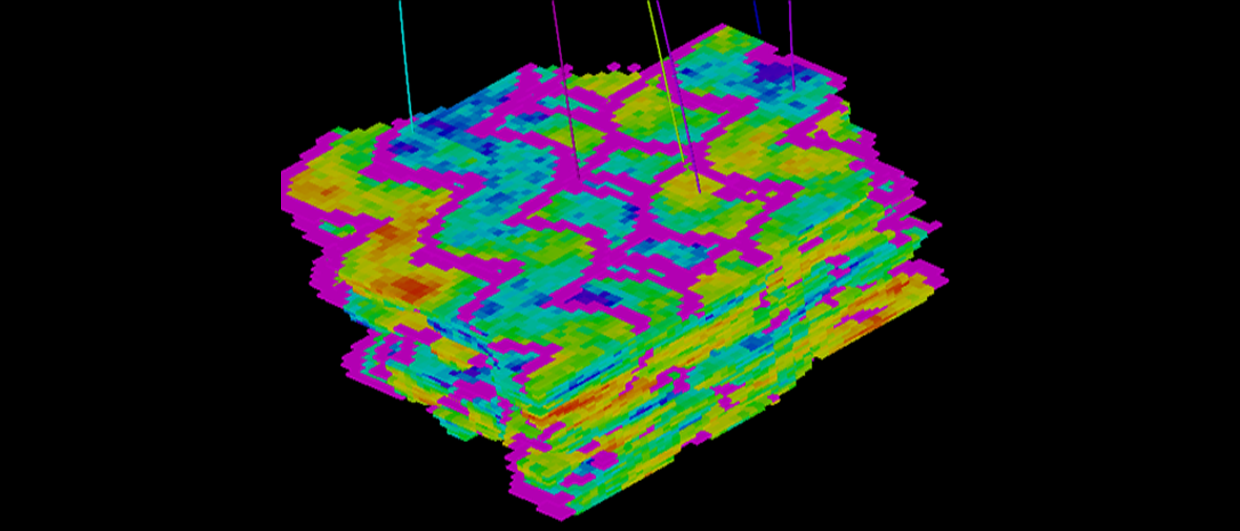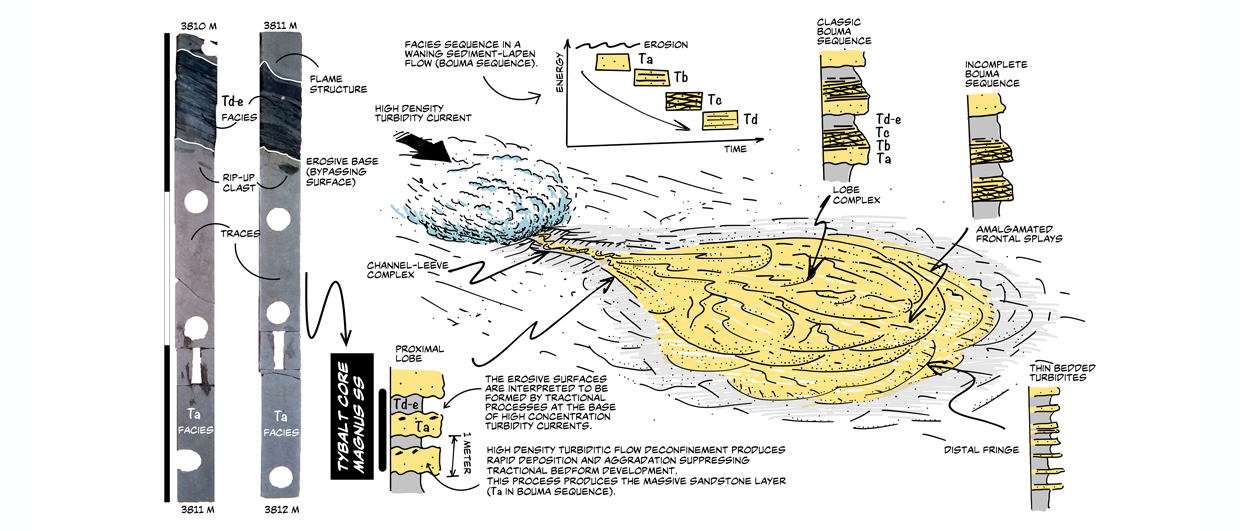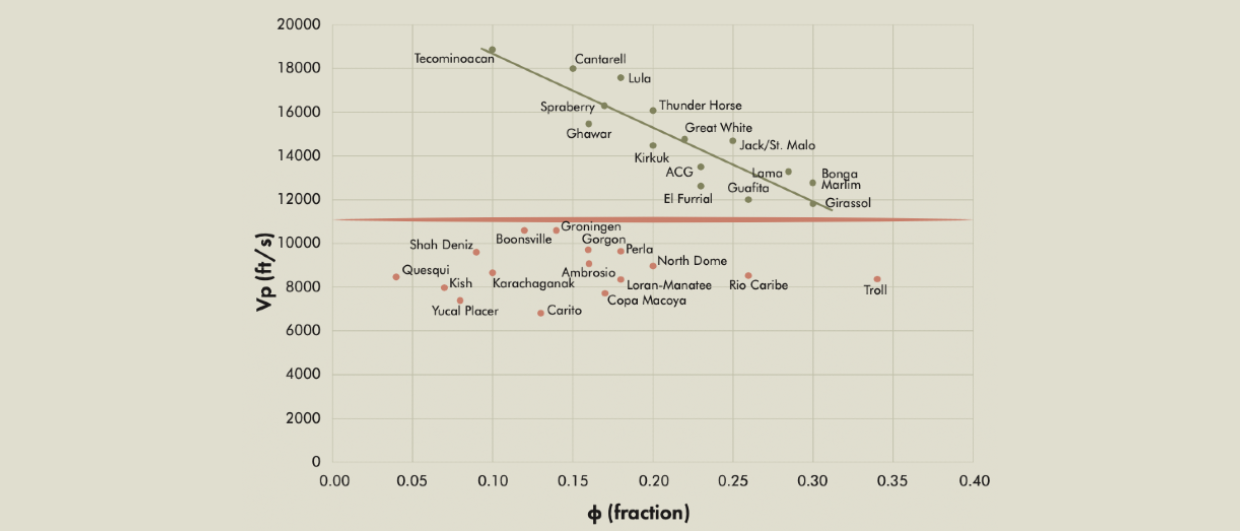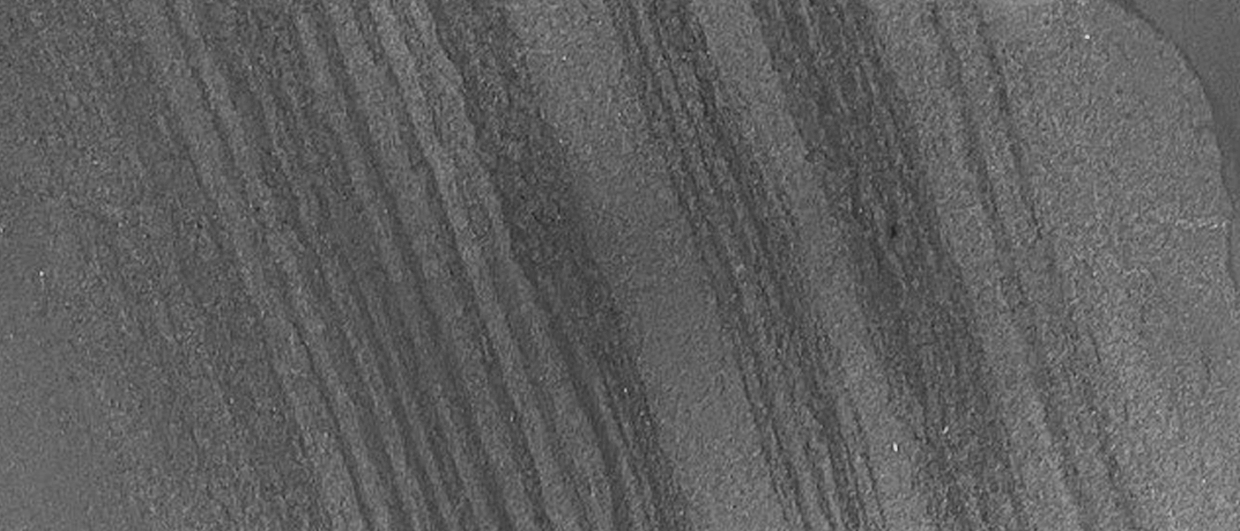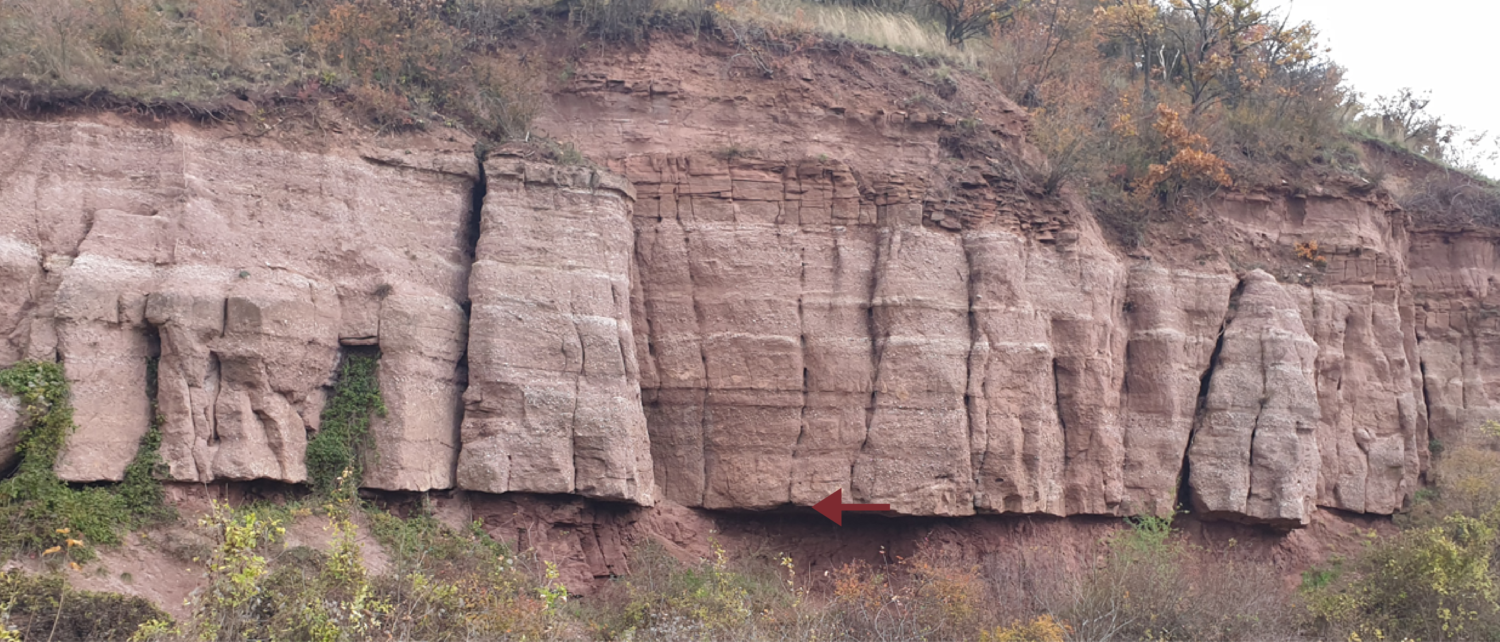Geomodelling for CCS, a bridge too far?
Traditionally, geomodels are built in a simplistic fashion, taking into account the inherent degree of uncertainty in the input data. Attempting to accurately depict an unseen geological object, often multiple…

